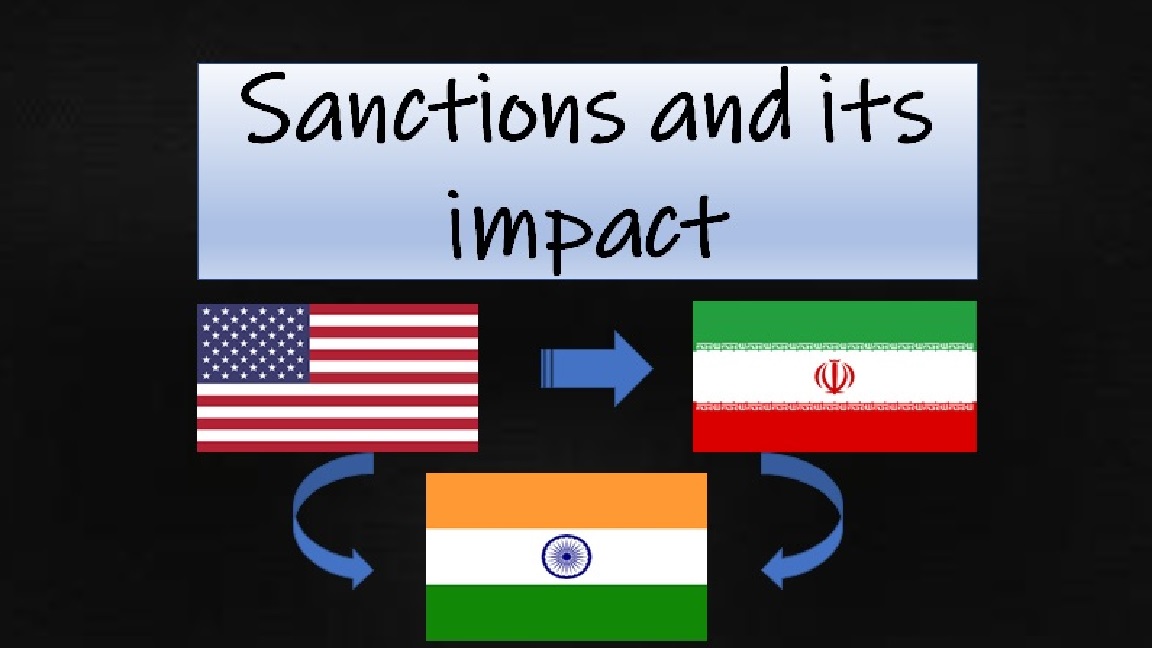
Last updated on April 5th, 2021 at 09:13 pm
RBI liberalizes ECB norms to control Rupee
Today, RBI released a notification regarding External Commercial Borrowings (ECB) norms and liberalised it. It now permits the public sector Oil Marketing Companies (OMC) to raise ECB for working capital purposes with the minimum average maturity of 3-5 years under the automatic route.
What is ECB?
External Commercial Borrowing(ECB) means loans received by Indian borrowers in India from the non-residents in foreign currency. It is generally in the form of commercial loans, buyers’ credit, suppliers’ credit, securitized instruments etc.
What is the change?
As per the existing policy, OMCs were allowed to raise ECBs for working capital purposes as under:
- Under track I: Medium-term foreign currency denominated ECB
- Under track II: Indian Rupee (INR) denominated ECB
- ECB was raised from direct and indirect equity holders or from a group company
- The minimum average maturity of the ECB was 5 years.
- The OMCs were required to mandatorily hedge the Foreign Currency exposure on account of this ECB
The change notified by RBI today, mentions that
OMCs can raise ECB for working capital purposes as under:
- ECB can be raised under Automatic Route
- ECB can be raised from all the recognized lenders
- The minimum average maturity of the ECB will be 3/5 years.
- The limit of this lending has been capped at USD 750million (or equivalent) on an individual basis.
- The overall ceiling for the ECB is capped at USD 10 million equivalent under this method.
- Mandatory hedging requirement of the Foreign Currency Exposure has been waived.
How does this ECB norm controls Rupee?
India imports most of its oil demands and the Crude Oil prices are increasing on daily basis. The payments against the import of Oil is done in foreign currency (primarily dollars). This increases demand for the dollar and further depreciates the Rupee.
Today, Rupee touched a lifetime low of Rs. 73.42 per USD. With the continuous increasing Crude oil prices coupled with the demand to buy dollars, the Rupee is further expected to depreciate up to Rs. 75 – Rs 77 per USD. As a result, it was necessary for the apex bank to take some measures to reduce the rupee depreciation.
With this notification, the RBI has tried to postpone the demand of dollars by OMCs. If the OMCs succeed in borrowing funds from the lenders, it can directly use the same to make payments in the dollar. As a result, the dollar demand will reduce and further fall in Rupee can be controlled.
Conclusion:
Provided the OMCs are able to arrange enough and timely funding from lenders, this notification will help in slowing the currency depreciation. Effectively, this can also be a positive for the overall economy and the stock market.
Related Posts
None found
- How to do a transaction in Digital Rupee (CBDC-R)? – A Step by step Guide - 10/12/2022
- Can you rectify your 26AS? - 20/09/2022
- Tax implications on Cashback - 09/09/2022
Disclaimer: The above content is for general info purpose only and does not constitute professional advice. The author/ website will not be liable for any inaccurate / incomplete information and any reliance you place on the content is strictly at your risk.
Follow us on Social Media by clicking below
Follow @financepost_in


Be the first to comment